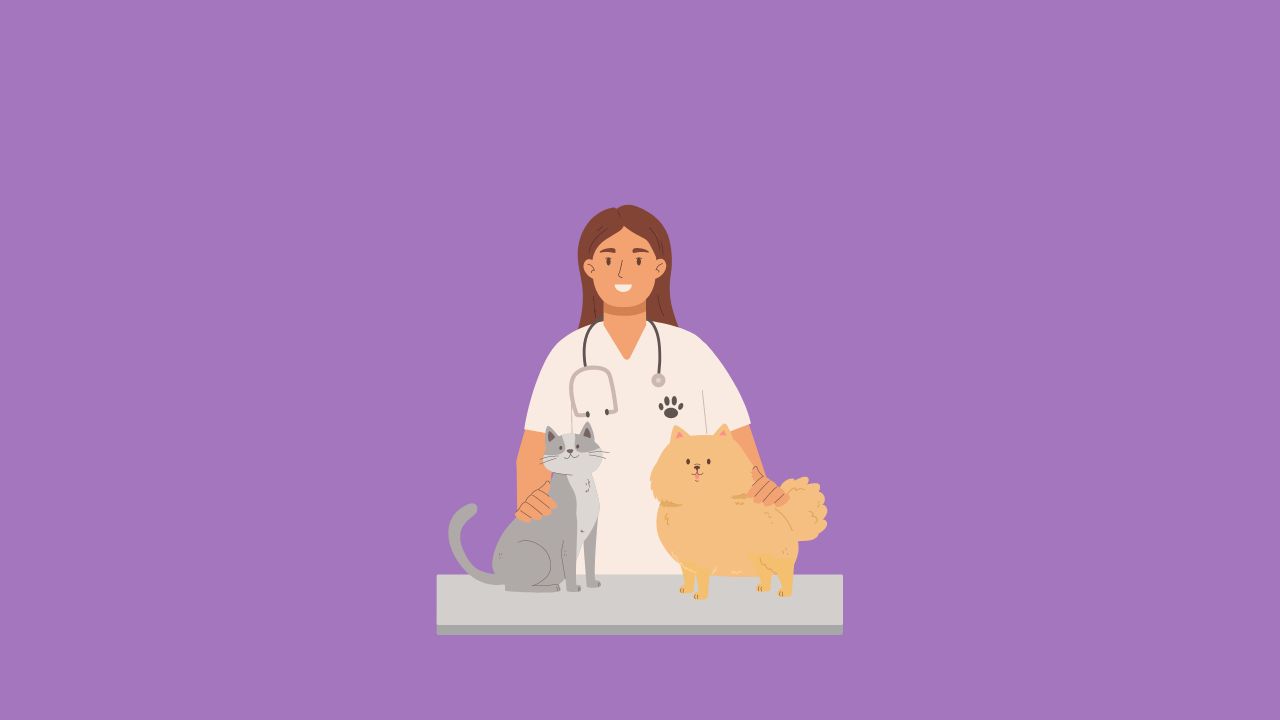
New Vet Clinic | Graphic by Abigail Abbott | The Wright State Guardian
Around campus, students have the privilege of running into lots of wildlife. It can be very tempting to take home a baby bunny or little bird to nurse back to health, but here is how to properly respect wildlife this spring.
The hedgehog
A woman in England recently found a baby hedgehog out in the middle of the day, took it home, and upon realizing the creature was not eating or moving, rushed it to the vet.
Veterinarians of the Lower Moss Wood Nature Reserve & Wildlife Hospital inspected the hedgehog; this was very serious because hedgehogs are nocturnal and normally would never leave their young out in broad daylight. It did not take long for the vets to realize that the “baby hedgehog” was actually just a puffball from a winter hat.
The vets at Lower Moss Wood Nature Reserve & Wildlife Hospital, after a good laugh, assured the woman that she did exactly the right thing for the little puffball had it really been a baby hedgehog.
In Ohio
While there are no wild hedgehogs in Ohio, citizens still have many other animals in their backyards, from tiny birds to bats, foxes and coyotes. It can be very tempting to animal lovers to try and care for these animals yourself.
Especially in the spring when baby animals are all around, it is important to remember that wild animals are not pets, and well-intentioned actions can often do more harm than good. The Ohio Department of Natural Resources stresses that human intervention is always the last hope for an animal and never the best hope.
With certain animals, such as foxes and coyotes, it is very important to leave the animals where they are if injured or unconscious. Even in an injured state, they can still do a lot of harm. Best practice is to call your local wildlife vet or conservation rescue and keep an eye on the animal from a safe distance. Never try to put any large animals in your home or car.
On the other hand, according to the Ohio Department of Natural Resources, if you find a baby bird out of its nest before it has any feathers at all, you can jump into action. Locate its nest if possible, and if you cannot locate the baby bird’s nest, then it must be left alone. If you do find its nest, gently place the baby bird back in the nest and leave it alone from there. Any other baby animal should be left alone in this situation.
With so many baby animals expected in the spring, it is important to remember that most animals will leave their young unattended for various reasons. It is important to never interact with a baby animal unless it is severely injured.
The cat and dog distribution systems
While students should never keep wild birds, squirrels, turtles nor rabbits as pets, sometimes the “cat and dog distribution system” can land someone with an orphaned cat or dog, and it can be tempting to take them in.
The first thing to know is the importance of spaying and neutering. Cats and dogs that are spayed or neutered are proven to have longer lives, and the procedure prevents the possibility of other unwanted animals ending up on the street.
If you happen to pick up a kitty and are not sure what to do, there are many resources available to you. In Dayton, the Gem City Vet was created as a nonprofit by Gem City Kitties, and its mission is to make sure Dayton is a no-kill community.
The Humane Society of Greater Dayton also offers free or low-cost spaying and neutering for cats and dogs to help with overpopulation of these animals. Students can find spaying and neutering information here, as well as information regarding free and low-cost vaccines and pet food here.
If it is a wild animal, best practice is to keep your distance and call the proper authorities who can provide the animal with safe and effective care. If you do find yourself taking in a cat or dog, your community is here to help you.
